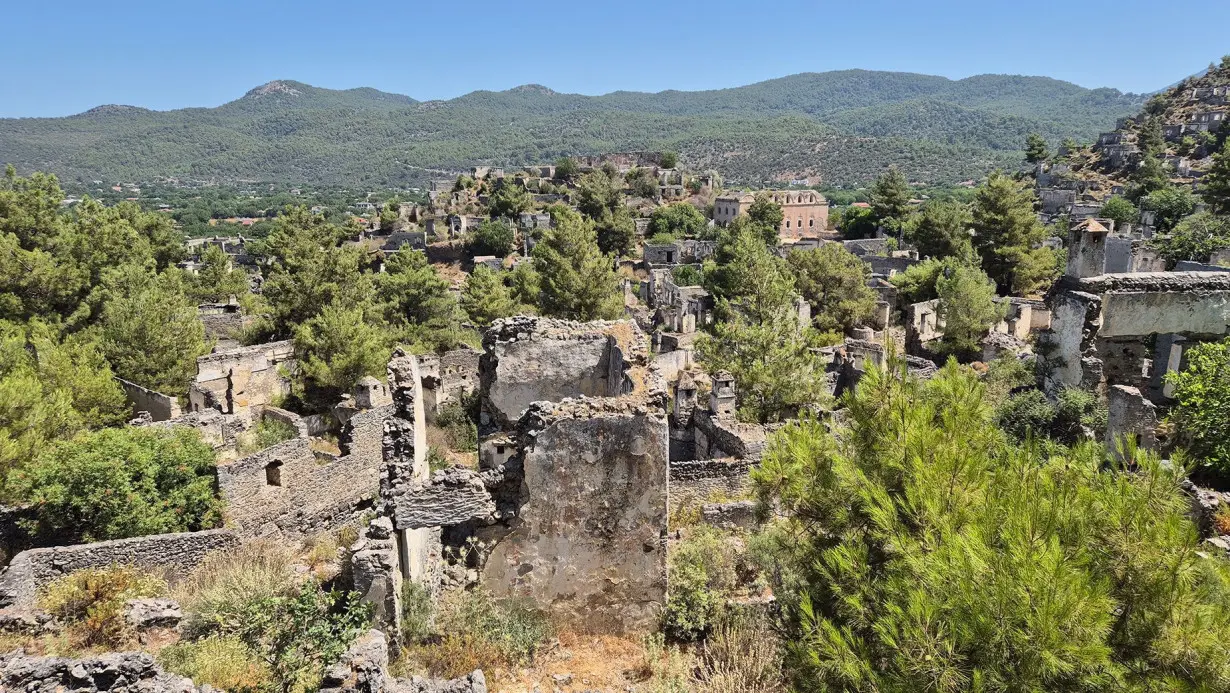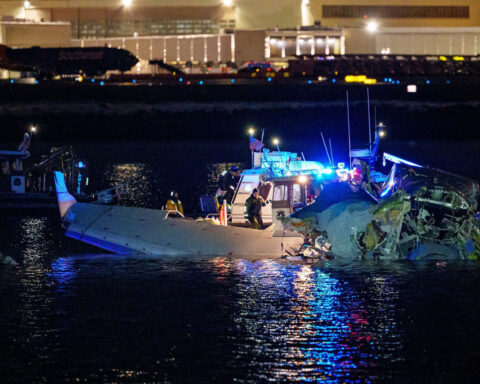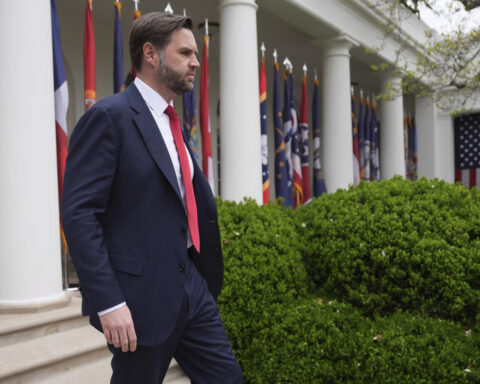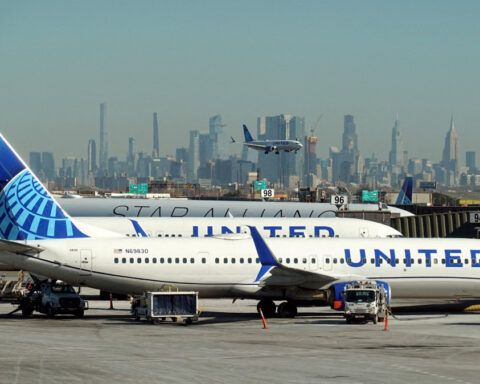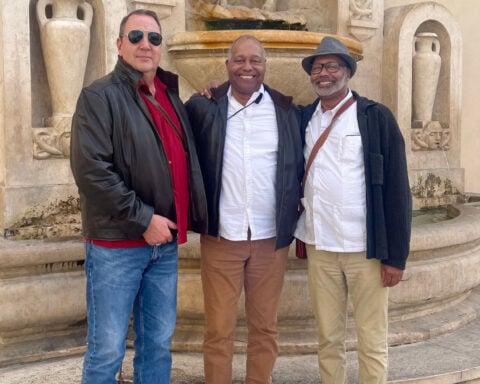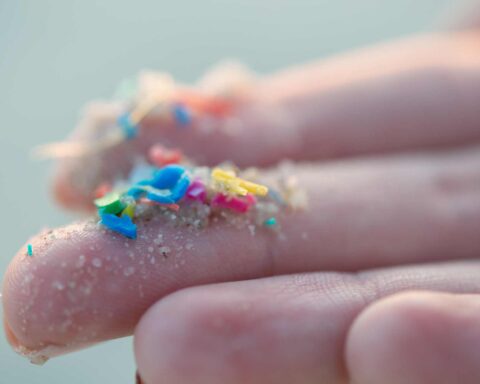Kayaköy, Turkey (CNN) — There’s a large and very dignified school in Kayaköy. There are narrow streets, lined with houses, that wend and rise up both sides of a steep valley. There’s an ancient fountain in the middle of the town. And there are churches, one with million-dollar hilltop views over the blue Aegean.
But, for most of the past 100 years, there have been no people.
Kayaköy, in southwestern Turkey’s Muğla Province, is a true ghost town. Abandoned by its occupants and haunted by the past. It’s a monument, frozen in time – a physical reminder of darker times in Turkey.
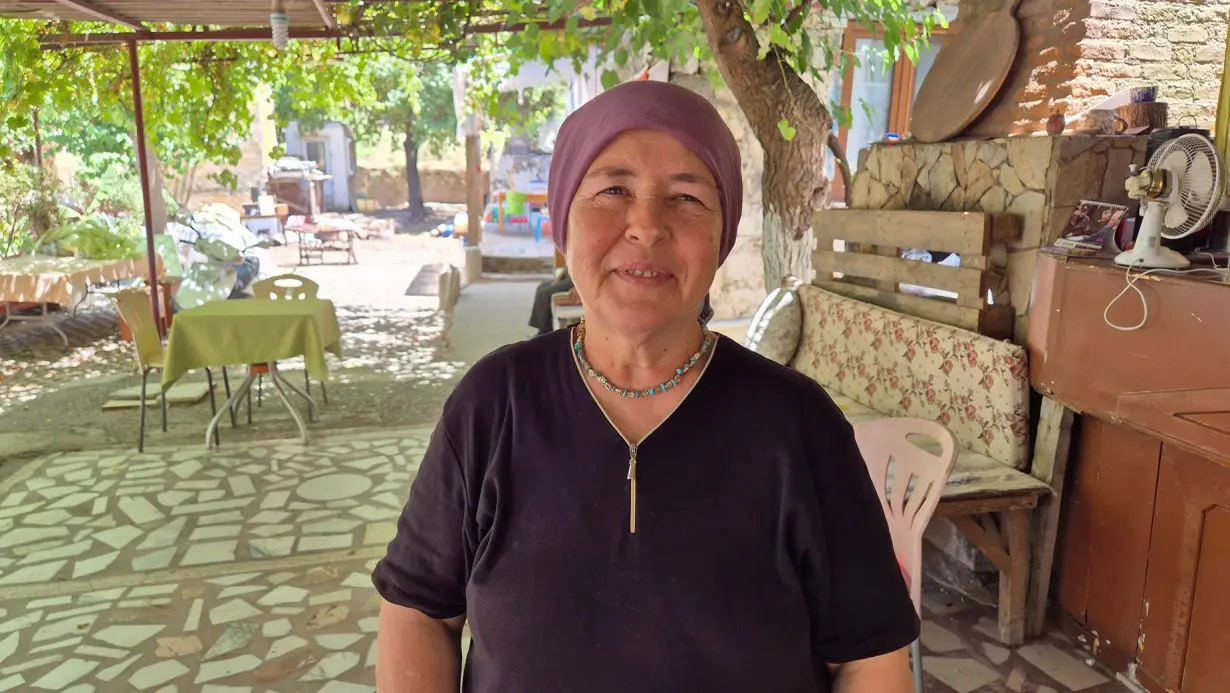
With hillsides dotted by countless crumbling buildings slowly being swallowed by greenery, and endless views into vanished lives, it’s also a fascinating and starkly beautiful place to visit. In summer, under clear skies and blazing suns, it’s eerie enough. Even more so in cooler seasons, wreathed in mountain or sea mists.
Just over a century ago, Kayaköy, or Levissi as it was known, was a bustling town of at least 10,000 Greek Orthodox Christians, many of whom were craftspeople who lived peacefully alongside the region’s Muslim Turkish farmers. But in the upheaval surrounding Turkey’s emergence as an independent republic, their simple lives were torn apart.
Tensions with neighboring Greece after the Greco-Turk war ended in 1922 led to both countries ejecting people with ties to the other. For Kayaköy, that meant a forced population exchange with Muslim Turks living in Kavala, in what is now the Greek region of Macedonia and Thrace.
But the newly arrived Muslims were reputedly less than happy with their new home, swiftly moving on and leaving Kayaköy to fall to ruin.
Lingering sadness
Among the very few who did remain were the grandparents of Aysun Ekiz, whose family today runs a small restaurant near the main entrance to Kayaköy, which serves refreshments to tourists who come to look around the town. Stories of those difficult years have been passed down through the generations.
“The Greek people were crying out because they did not want to leave, my grandparents told me,” Ekiz, who now sells handmade jewelry to visitors, says. “Some even left their kids behind to be looked after by Turkish friends because they thought they would return. But they never did.”
Ekiz says her grandparents’ family were shepherds and easily adapted to life on the edge of town. Most of their fellow transplants, she says, disliked living in Kayaköy because walls of the houses were painted blue, supposedly to ward off scorpions or snakes.
Snatches of that blue color can still be seen on the surviving walls of the 2,500 or so houses that make up Kayaköy, although few other decorative touches remain after decades left to the elements. What’s left is still worth exploring as a snapshot of an ancient way of life on the brink of the modern age.
Jane Akatay, the co-author of “A Guide to Kayaköy,” says one reason for the abandonment of the town was perhaps the palpable sadness that lingers over the place following the tragic events of the 1920s. Nature has also played its part in the demise of its man-made features.
Earthquakes and storms
“There have been earthquakes, there have been storms. The climate, the weather, the rainstorms… everything has impacted on this interesting place,” she says. “And also, over the years, the mortar holding them together has crumbled, and things fall apart if you don’t take care of them.”
Today’s visitors pay a three-euro fee (just over $3) at a small kiosk on the main road before entering Kayaköy. From there, they can wander on foot up and down its sometimes steep and uneven lanes and alleyways. Signs at the entrance point to the school, the churches and the water fountain.
It’s worth budgeting a couple of hours to take it all in. With few visitors aside from occasional tour groups during peak periods, it’s easy to find alone time here, imagining how it once bustled with life, not least in the old town square, where local men would once gather to drink tea and swap stories.
Most of the houses, which were built in the century before abandonment, have now lost their roofs and their collapsed walls sprout with vegetation. Some houses have pits in their basement, once used for tanning hides for leather – shoemaking was a common profession here.
Many still have intact cisterns – crucial for storing water in a town without plumbing.
“Drinking water was carried in on donkeys,” says Ekiz. She also grimly recalls how, lacking proper sanitation, residents would use cut up old clothes instead of toilet paper. These rags were then burned as fuel or scattered on gardens as fertilizer.
Despite the frugality of such measures, Ekiz says Kayaköy was relatively prosperous and was once the area’s main commercial hub, surpassing the nearby port of Fethiye – which is now a thriving urban center and popular tourist destination.
Although this was clearly a close-knit community, Ekiz insists each of the two-story properties here was carefully spaced from its neighbor. “All of them were built so that no one had their sunlight blocked out by another,” she says.
‘Bitter reflection’
One of the most prominent buildings in the town is the Upper Church, a large structure of faded pink stucco walls and barrel-vaulted ceilings. Unfortunately, the building is sealed off due to its dilapidated state, although tantalizing glimpses of it can be enjoyed from many angles.
On the highest inland point of the town, the ruins of Kayaköy’s old schoolhouse offer views over the main church and the houses below. Today, a Turkish flag flaps on a pole above the building.
Surveying the scene here, Yiğit Ulaş Öztimur, on vacation from Turkish capital Ankara, describes Kayaköy as “a dark mirror of our past.”
“This was once a Christian village, now what we see is a bitter reflection of what happened,” he says. “And because most of the buildings are intact, you can feel what life was like here.”
There are marked hiking trails that pass through Kayaköy from nearby towns, but it’s easy to get lost wandering the streets. Some alleyways turn into dead ends. Open doorways and stairways beckon everywhere (although due to the dilapidated condition of many of the buildings, visitors are asked to refrain from entering).
Across the valley, through the winding streets, the climb to the smaller church is worth doing. It’s a steep scramble up through rocks and pine trees over the last few meters, then it opens up to the hill’s summit.
Reflecting the culture of those who lived here, the church resembles the classic small structures often found overlooking villages on Greek islands. It’s a tiny, modest building with a domed roof and little unglazed windows. The interior is completely empty.
Another Turkish flag flies here, bright red against the deep blue sky. And below, across a thickly forested hillside, are the glistening waters of the Aegean Sea. It’s a spectacular view - and one that will have changed little since the days when Kayaköy was alive with people.
The-CNN-Wire
™ & © 2024 Cable News Network, Inc., a Warner Bros. Discovery Company. All rights reserved.

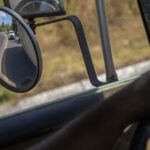 Trump has begun another trade war. Here's a timeline of how we got here
Trump has begun another trade war. Here's a timeline of how we got here
 Canada's leader laments lost friendship with US in town that sheltered stranded Americans after 9/11
Canada's leader laments lost friendship with US in town that sheltered stranded Americans after 9/11
 Chinese EV giant BYD's fourth-quarter profit leaps 73%
Chinese EV giant BYD's fourth-quarter profit leaps 73%
 You're an American in another land? Prepare to talk about the why and how of Trump 2.0
You're an American in another land? Prepare to talk about the why and how of Trump 2.0
 Chalk talk: Star power, top teams and No. 5 seeds headline the women's March Madness Sweet 16
Chalk talk: Star power, top teams and No. 5 seeds headline the women's March Madness Sweet 16
 Purdue returns to Sweet 16 with 76-62 win over McNeese in March Madness
Purdue returns to Sweet 16 with 76-62 win over McNeese in March Madness
